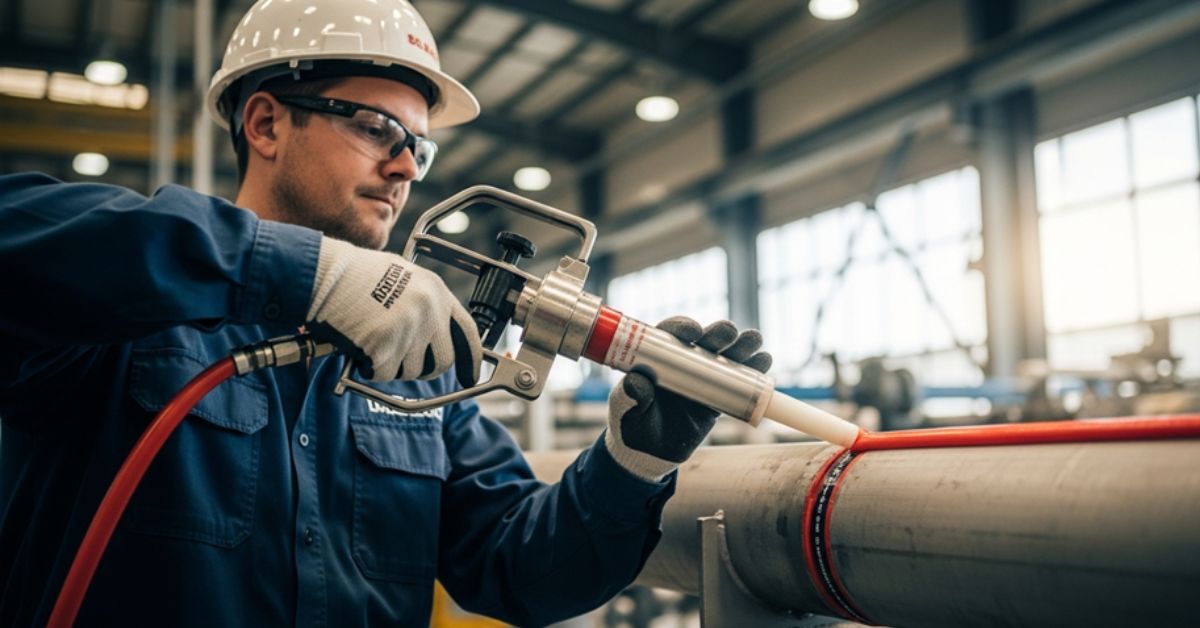Why Cabling Matters for Network Performance
Good network performance often begins with the quality of your cabling. Poor cabling infrastructure can lead to frequent downtimes, slower connections, and lost data. Investing in high-quality network cables can substantially enhance performance. Additionally, working with network security companies ensures that your cabling and network systems are secure and optimized right from the start.
When cabling is subpar, numerous issues can arise. Not only does this affect data speeds, but it can also lead to increased electronic interference and data errors that require costly repairs. Over time, the cumulative effects of these issues become a significant burden. Therefore, considering the long-term benefits, high-quality cabling is not just an expense; it’s a crucial investment for any business.
Types of Cabling Solutions
There are several types of network cables, but the most common are Cat5e, Cat6, and fiber optics. Each type has advantages and specific use cases, making choosing the right one for your needs vital.
- Cat5e: This is a cost-effective solution suitable for small networks. It supports speeds up to 1 Gbps. It is often used in residential environments or small offices where high-speed data transfer is less critical.
- Cat6: Ideal for more demanding environments, Cat6 cables can handle speeds up to 10 Gbps over short distances. They are designed to handle more data loads. They are perfect for medium to large businesses with high data transfer needs.
- Fiber Optics: The gold standard for high-speed data transfer and long-distance communication, fiber optics are especially useful for enterprise-level networks. They offer significantly higher speeds and bandwidth compared to copper cables, ensuring no loss in data integrity over long distances.
The Role of Professional Installation
Getting the best out of your network capabilities isn’t just about the quality of the cables; proper installation is equally crucial. Professionals ensure that cables are installed without physical stress or electromagnetic interference, ensuring a longer lifespan and better performance.
Professional installation teams employ advanced wire management techniques to prevent cable stress and degradation. These techniques include using cable trays, conduits, and structured cabling components to ensure neat and organized installations. This kind of meticulous organization not only minimizes potential damage but also simplifies future maintenance, making it quicker and less expensive to troubleshoot issues.
Scalability and Future-Proofing
One key benefit of professional cabling solutions is scalability. As businesses grow, so do their networking needs. Investing in scalable cabling solutions ensures your network can expand without requiring a complete overhaul.
Modern cabling solutions are designed to support increased bandwidth demands and can adapt to emerging technologies. By investing in future-proof solutions, businesses can stay ahead of technological advancements without frequent and costly upgrades. For example, upgrading to a Cat6 or fiber optic infrastructure can accommodate future needs such as IoT (Internet of Things) devices, advanced security systems, and high-definition video conferencing, ensuring your network remains robust and capable for years to come.
Cost-Benefit Analysis
While the initial cost of professional cabling may seem high, a cost-benefit analysis often reveals that the long-term savings and performance gains far outweigh the initial expenditure. Fewer downtimes and increased efficiency mean better overall productivity.
Studies show that reliable cabling systems can reduce operational costs by minimizing the need for repairs and maintenance. Moreover, efficient and reliable network performance improves employee productivity by ensuring that connectivity issues do not disrupt work. Over the long term, these efficiencies contribute to significant cost savings and improved business operations.
Tips for Choosing the Right Cabling Provider
When selecting a cabling provider, consider their experience, customer reviews, and range of services. Look for companies that offer comprehensive solutions, including consultation, installation, and maintenance. Consulting industry guides can also help you better understand what to look for in a provider.
Here are a few tips for choosing the right cabling provider:
- Check for credentials and certifications to ensure they meet industry standards.
- Review customer testimonials and case studies to understand their past performance.
- Evaluate the range of services offered, including post-installation support.
- Consider their approach to customer support and maintenance services, which can be crucial for long-term success.
Conclusion
Optimizing network performance involves more than just top-notch hardware and software; it also requires high-quality and professionally installed cabling. Businesses can ensure reliable, scalable, and efficient network operations by choosing the right cables and installation providers.
The right cabling solution can lay the foundation for a robust and flexible network capable of meeting current demands and adapting to future needs. Therefore, investing in professional cabling is not just about enhancing performance; it’s about securing your business operations’ long-term success and sustainability.











